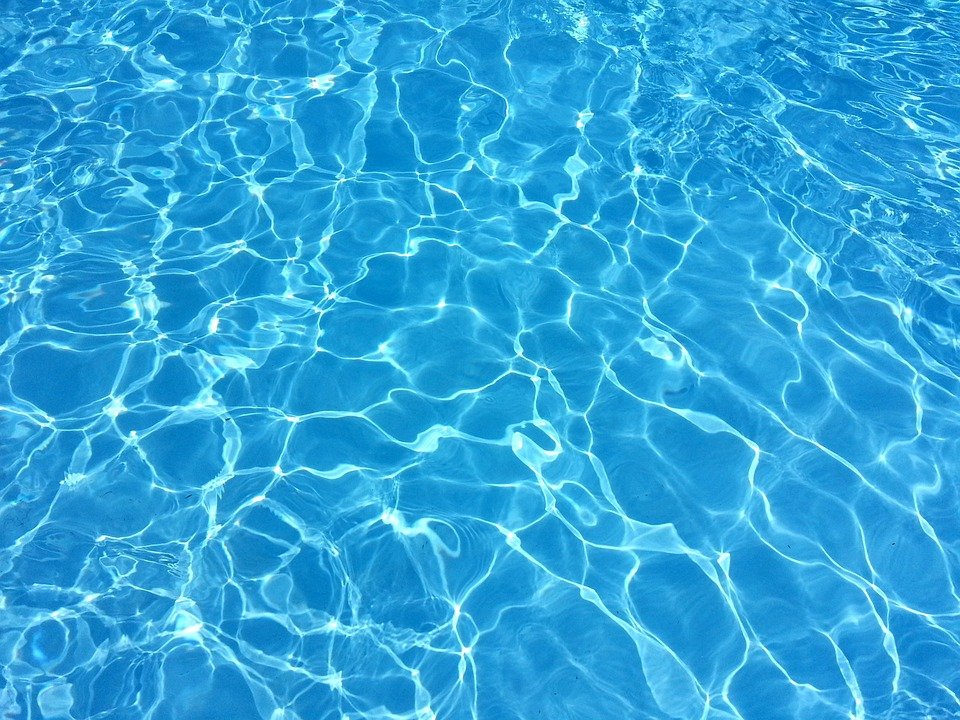Mastering the Art of Swimming: Tips and Techniques for Beginners
Swimming is not just a recreational activity; it is a life-saving skill and a great way to stay fit. Whether you’re a beginner or someone looking to improve their swimming skills, this article aims to provide you with essential tips and techniques to help you become a proficient swimmer. So, let’s dive in!
1. Get Comfortable in the Water:
The first step to mastering swimming is to feel comfortable in the water. Start by standing in the shallow end and gradually progress to deeper water. Practice floating and submerging your face under the water to get used to the sensation. Relax and take your time to build confidence.
2. Breathing Techniques:
Proper breathing is crucial in swimming. When swimming freestyle, inhale through your mouth as you turn your head to the side, and exhale through your nose and mouth as your face returns to the water. Practice this breathing pattern to ensure a smooth and continuous motion.
3. Body Position:
Maintaining the correct body position is essential for efficient swimming. Keep your body aligned and horizontal by stretching out your body and engaging your core muscles. Avoid sinking hips or dragging legs, which can slow you down. Practice kicking from the hips to maintain a streamlined position.
4. Arm Stroke Techniques:
For beginners, mastering the freestyle stroke is essential. Start by extending one arm forward while the other arm is pulling back through the water. As your hand enters the water, rotate your body slightly to the side, extending your arm fully. Use your core muscles to generate power and propel yourself forward. Practice this arm stroke technique to improve your efficiency.
5. Leg Kick Techniques:
Leg kick provides propulsion while swimming. For freestyle, use a flutter kick, keeping your legs relaxed and kicking from your hips. Avoid bending your knees too much, as it can create drag. Practice kicking with a kickboard to improve leg strength and endurance.
6. Practice Drills:
Incorporate various drills to improve specific aspects of your swimming technique. For example, use a pull buoy between your legs to focus solely on your arm stroke. Alternatively, use fins to improve leg strength and work on your kick technique. These drills help isolate and refine different areas of your swimming.
7. Consistency is Key:
To become a proficient swimmer, consistency is crucial. Set a regular schedule and commit to swimming sessions at least three times a week. Consistent practice allows your body to adapt and your technique to improve. Gradually increase the duration and intensity of your swimming sessions as you progress.
8. Join a Swimming Class:
If you’re a beginner and unsure where to start, joining a swimming class can be highly beneficial. A qualified instructor can guide you through the fundamentals, correct any flaws in your technique, and provide personalized feedback to help you progress faster.
Frequently Asked Questions (FAQs):
Q: Is swimming a good exercise for weight loss?
A: Yes, swimming is an excellent exercise for weight loss as it engages multiple muscle groups, burns calories, and is low impact on joints.
Q: Can swimming help improve cardiovascular fitness?
A: Absolutely! Swimming is a great aerobic exercise that strengthens the heart and lungs, improving overall cardiovascular fitness.
Q: How long does it take to learn swimming?
A: The time it takes to learn swimming varies from person to person. With regular practice and dedication, most beginners can become comfortable in the water and acquire basic swimming skills within a few months.
Q: Is it necessary to learn all swimming strokes?
A: No, it is not necessary to learn all swimming strokes. However, it is beneficial to have a basic understanding of freestyle, backstroke, breaststroke, and butterfly to become a well-rounded swimmer.
Q: Can swimming be dangerous for beginners?
A: Like any physical activity, swimming has its risks. Beginners should always swim in designated areas, be aware of their limits, and never swim alone. It is also advisable to learn water safety and basic rescue techniques.
In conclusion, mastering the art of swimming requires practice, patience, and proper technique. By following the tips and techniques outlined in this article, beginners can develop their swimming skills and gain confidence in the water. Remember to stay consistent, seek guidance if needed, and enjoy the process of becoming a proficient swimmer. So, jump in and start your swimming journey today!


